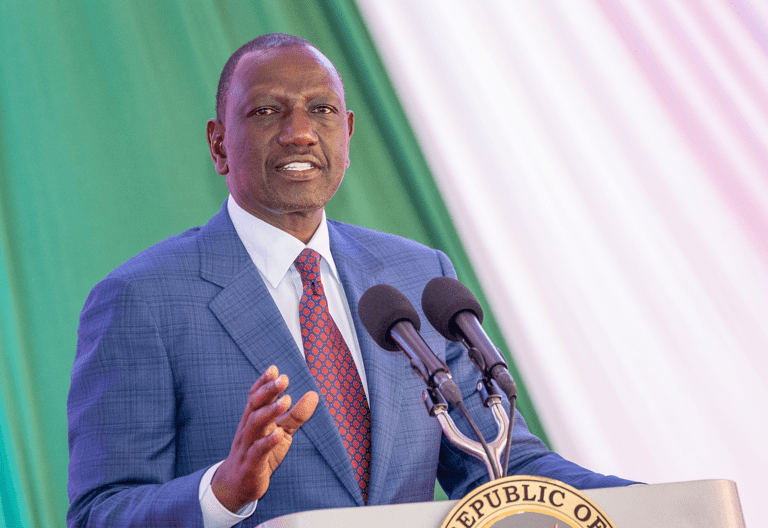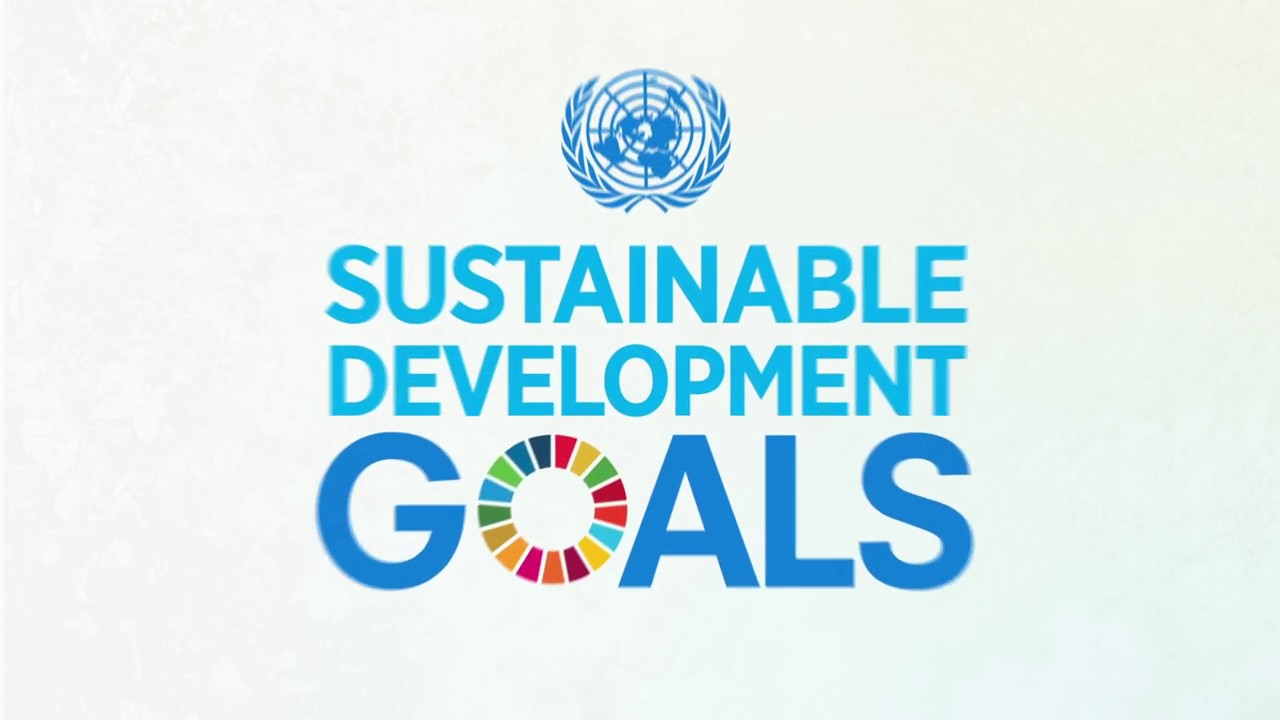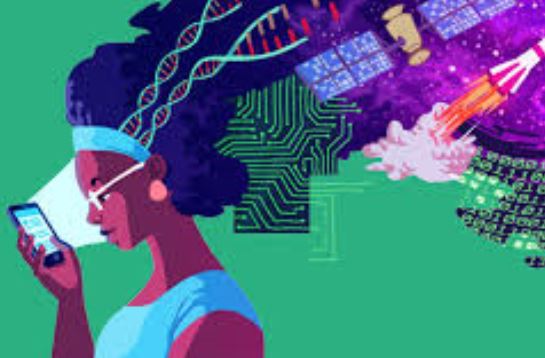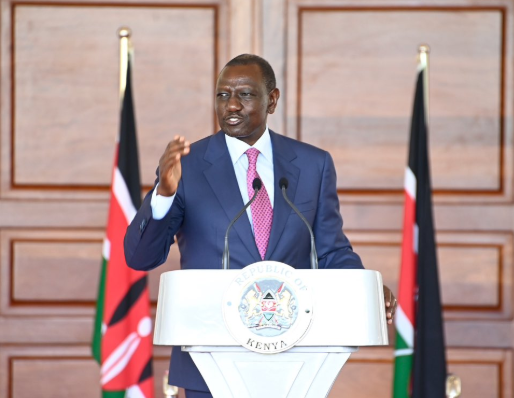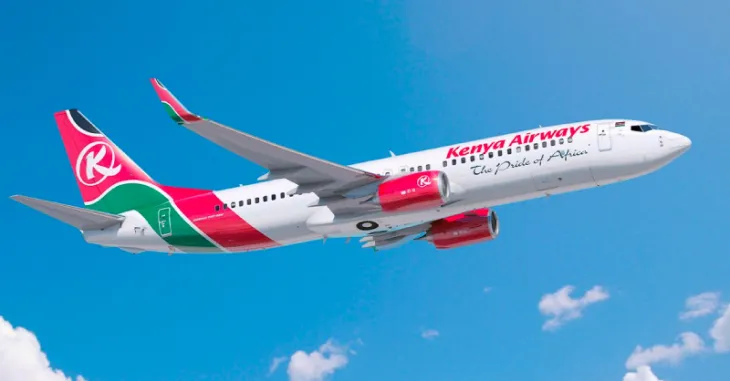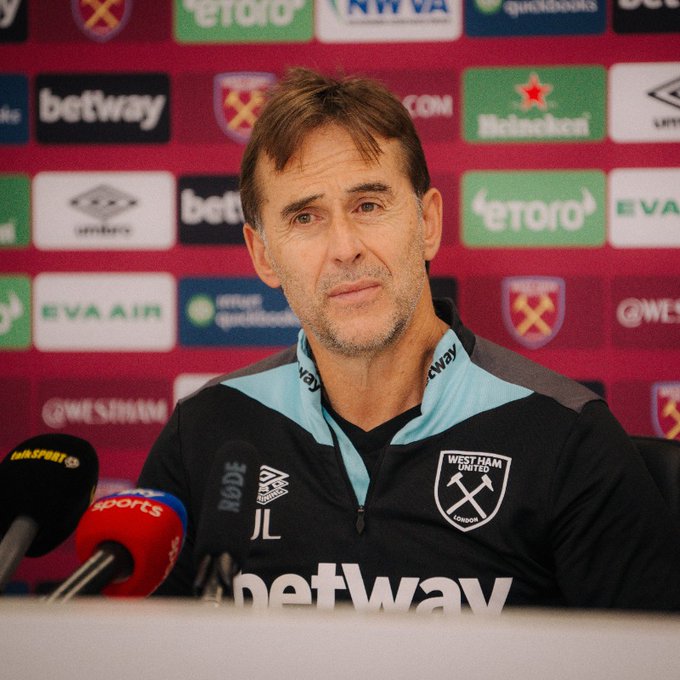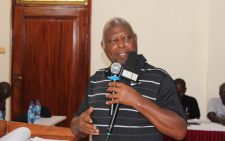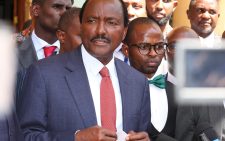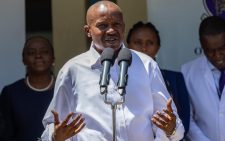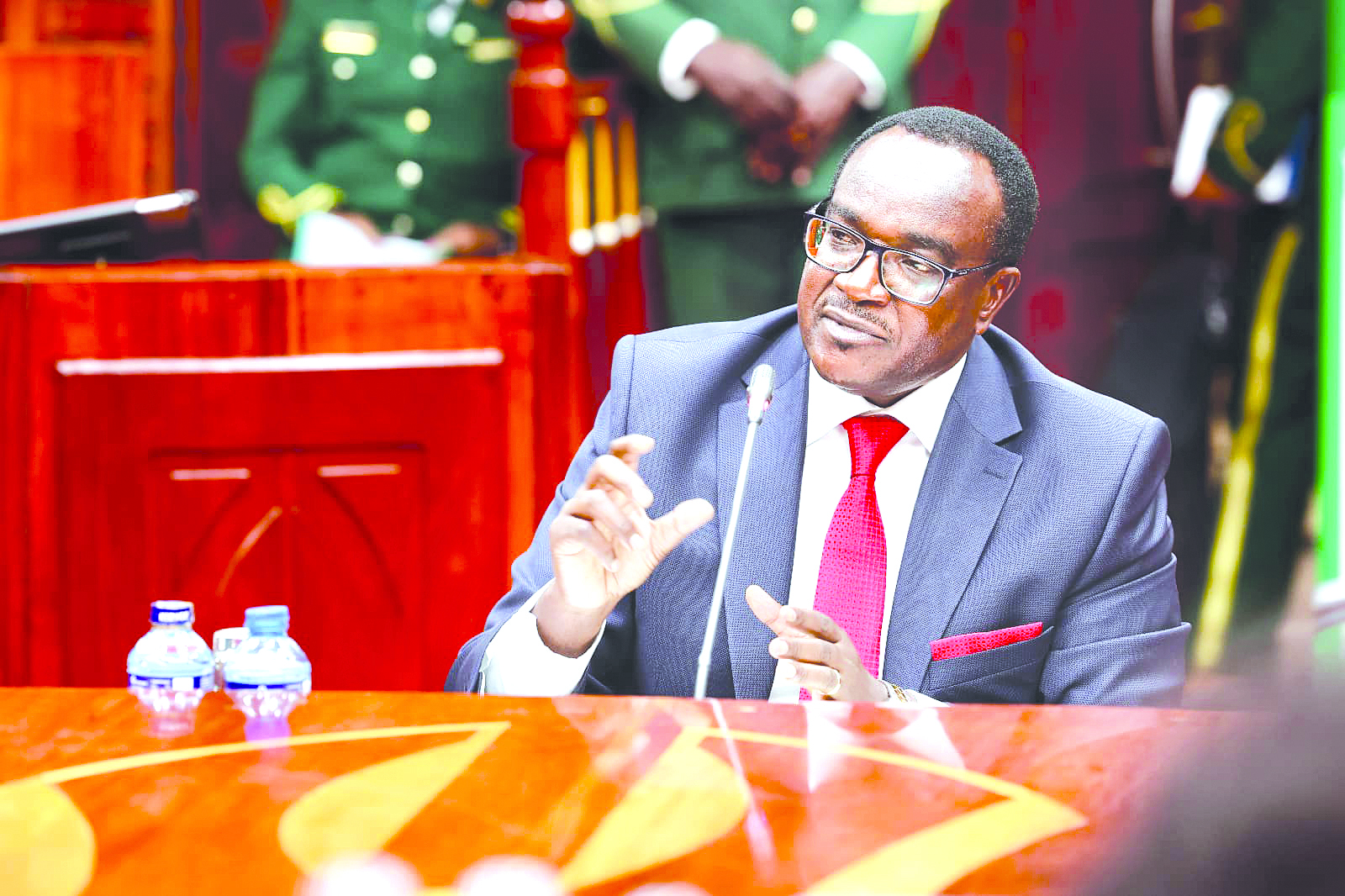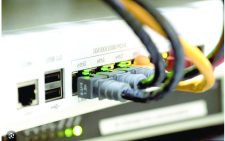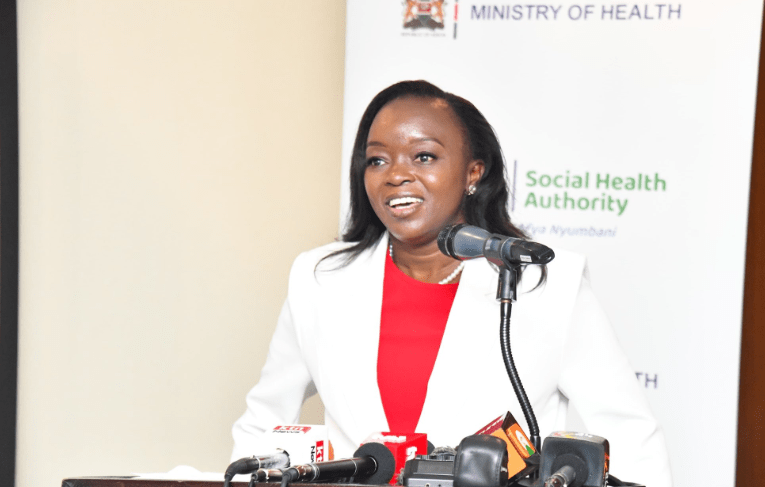Media plays critical role towards attainment of SDGs
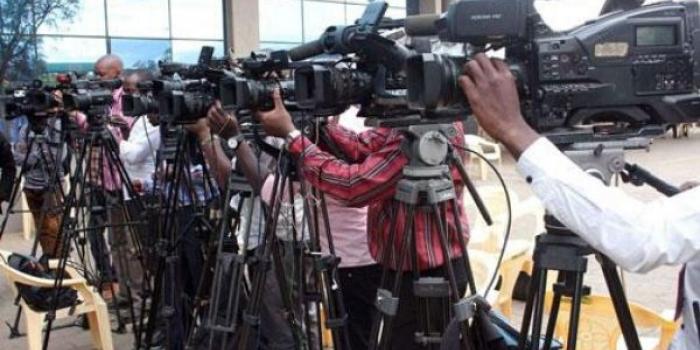
As countries accelerate towards the attainment of the 17 Sustainable Development Goals (SDGSs), the media’s role both as an agenda setter, a beneficiary and a key partner will come under focus in this decade of action.
As an agenda setter, the media has the ability to monitor progress, highlight gaps and suggest solutions. Media coverage of SDGs influences resource allocation, prioritisation of the goals that are lagging while giving a scorecard on steps being made towards Vision 2030.
Besides, the media is also a beneficiary of a thriving SDGs agenda. Under Agenda 16 the media plays a key role in promotion of peace and justice as a human rights defender. Press freedom and the right to information have a direct relevance to achieving goal 16 specifically target 10, as it envisages the protection of the right to access information and journalist safety. Freedom of information is closely linked to a culture of openness and inclusivity, which is a critical component for sustainable development.
From the foregoing, the role of the media can therefore not be gainsaid. Notably the media just like other sectors in the economy is smarting from the Covid-19 pandemic with numerous economic and sustainability challenges to overcome. Yet other stakeholders in the SDGs spectrum will be looking up to the Fourth Estate to set the agenda, educate, inform and generally lead the conversation on the 17 goals. This double expectation is demanding but not one that is insurmountable.
During the 9th session of the UN high level political forum on SDGs last year, Kenya committed to engage an integrated approach to development interventions in realisation and considering the inter-linkages and integrated nature of SDGs.
The acceleration strategy which was developed and adopted in June 2022 provide a roadmap to accelerate progress at both the national and county levels will focus on those SDGs currently seen as unlikely to be achieved by 2030.
Among the key components of acceleration is an advocacy and awareness creation on SDGs. However, the strategy identifies lack of a communication strategy and inadequate funding as one of the missing links. To strengthen the institutional framework on implementation of SDGs, the media is now one of the institutions that was brought on board under the Interagency Technical Working Groups to strengthen coordination on implementation. An awards scheme to recognise top performers on the implementation of SDGs including media is in place.
Unlike the Millennium Development Goals (MDGs) that had eight goals, 18 targets and 48 indicators the SDGs framework is a bit complex as it constitutes 17 goals, 169 targets and 231 indicators.
This calls for wider engagements among all actors to ensure maximum utilisation of capacities and potential. To facilitate this year’s awards (media category) the Media Council of Kenya and The National Treasury put out a call for entries for stories on SDGs published by media houses and freelance journalists.
An analysis of the entries by judges showed that most of the entries were from small media houses based outside Nairobi and very few entries from the leading national media houses based in the capital.
It was also noted that many entries, especially those submitted by freelance journalists, were opinion pieces published in the national newspapers.
Such stories tended to feature personal opinion on suggestions of what ought to be done as opposed to entering stories with credible, authoritative and expert sources prescribing workable solutions.
Many entries tended to only highlight challenges without offering possible solutions. This seemed to expose a gap in the media, and the need for capacity-building to train journalists to fully engage in development journalism, highlight challenges and offer practical solutions.
The situation indicates that there is an opportunity to build the capacity of journalists to tell the SDGs story. More media platforms need to join the fold across the digital print, community and broadcast space.
The Media Council of Kenya’s Strategic Plan integrates SDGs implementation activities and is committed to continue support mainly through its media development component. Individual journalists must develop and build their skill in this area by utilising available data to enable them tell comprehensive stories.
—The writer is the CEO of the Media Council of Kenya
